This Week At Angama #119
15 May 2020 | This Week at Angama | Adam Bannister

Glorious sunrises, golden sunsets, dramatic thunderstorms, endless grasslands and sweeping horizons – the Maasai Mara is medicine for the soul. This week, we have seen a little bit of everything in terms of the weather. Bursts of torrential rainfall, blistering heat, mysterious fog, billowing gusts of wind, and silent stillness. For me though, this week has been about the skies, and so I bring you a gallery of landscapes. Enjoy This Week At Angama. [f 36.0, 1/15, ISO 320, -1.0]
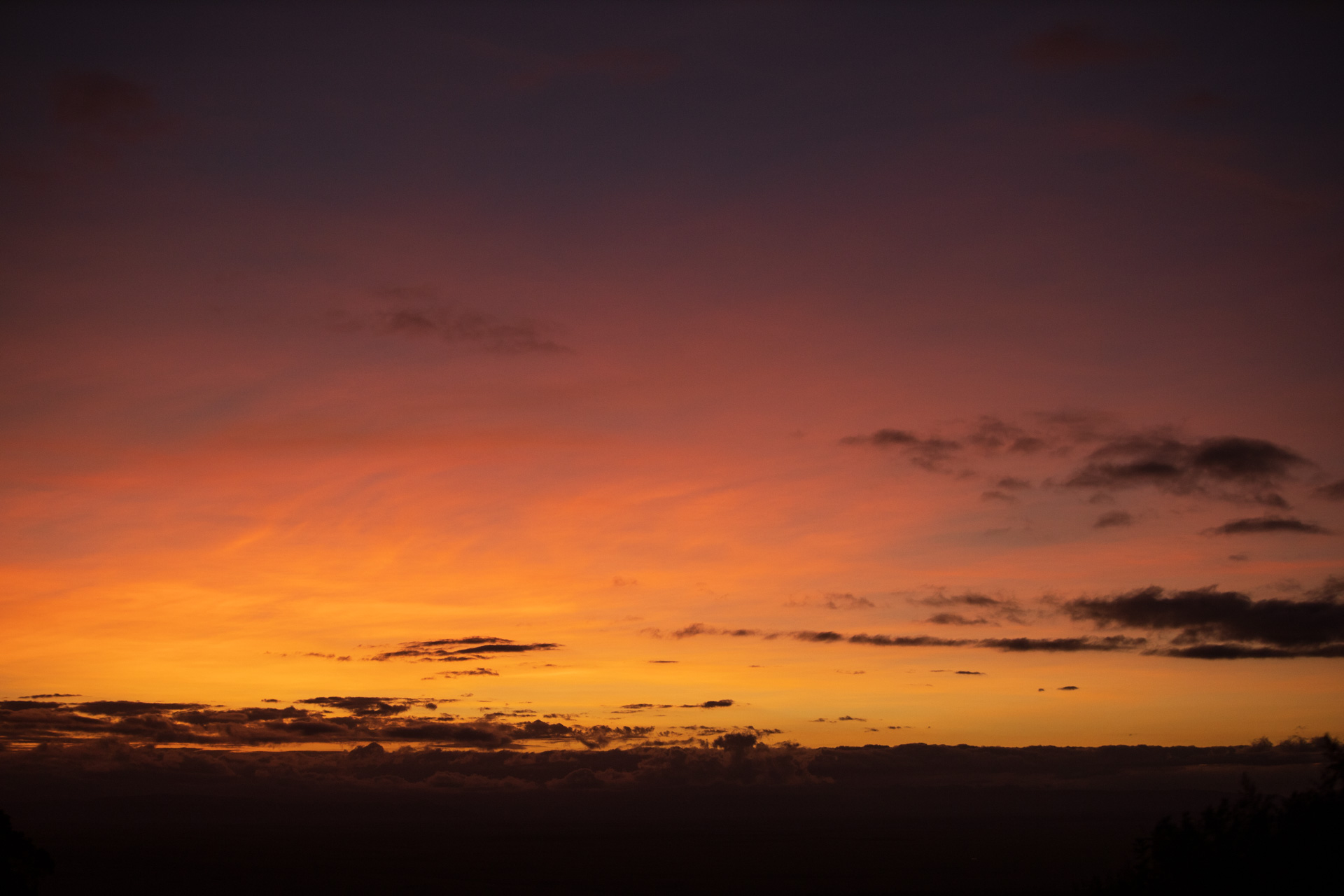
Six days a week, for the last nine weeks or so, I have been going into the park. Of course, the early mornings take their toll, but what a treat it is to descend the Angama Mara road in the early hours. A visual explosion across the skies before your very eyes. [f 2.8, 1/800, ISO 800, -1.0]
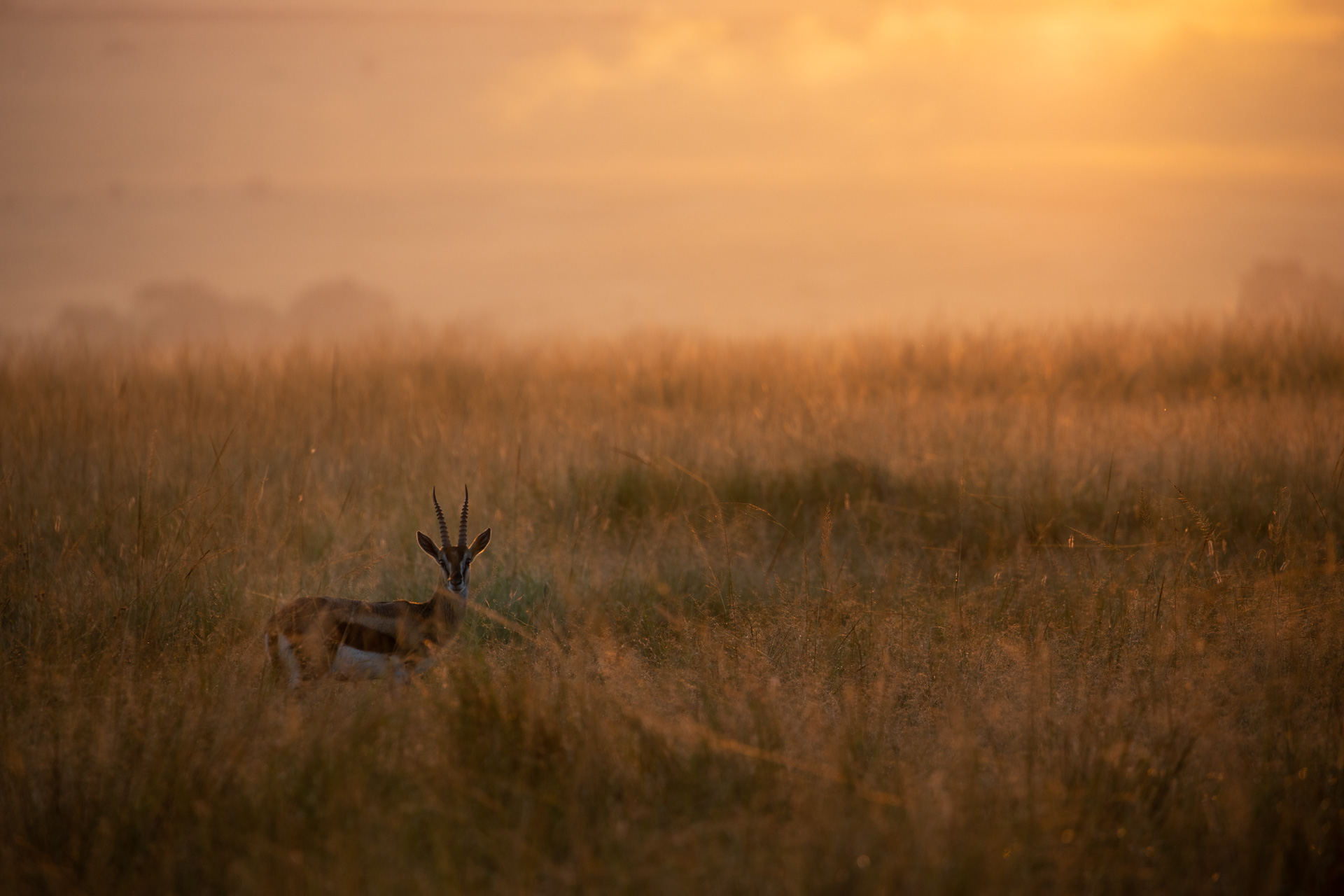
The morning light is out of this world. A lone Thomson’s gazelle provides a focal point to the orange grass canvas. [f 5.6, 1/250, ISO 400, -1.0]
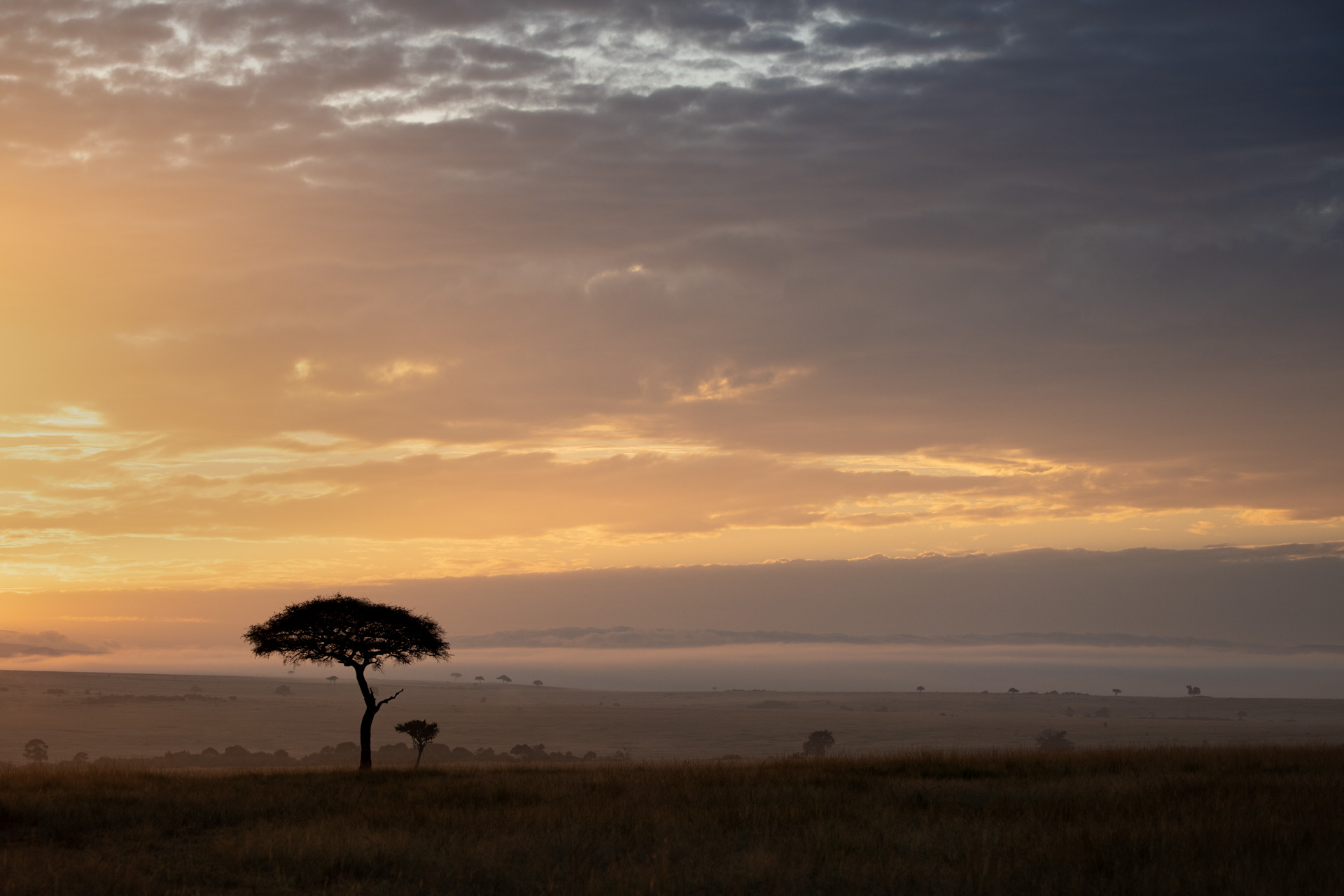
Low-lying mist drapes itself across the plains of the Mara. An iconic flat-topped tree punctuates the stillness. [f 5.6, 1/640, ISO 400]
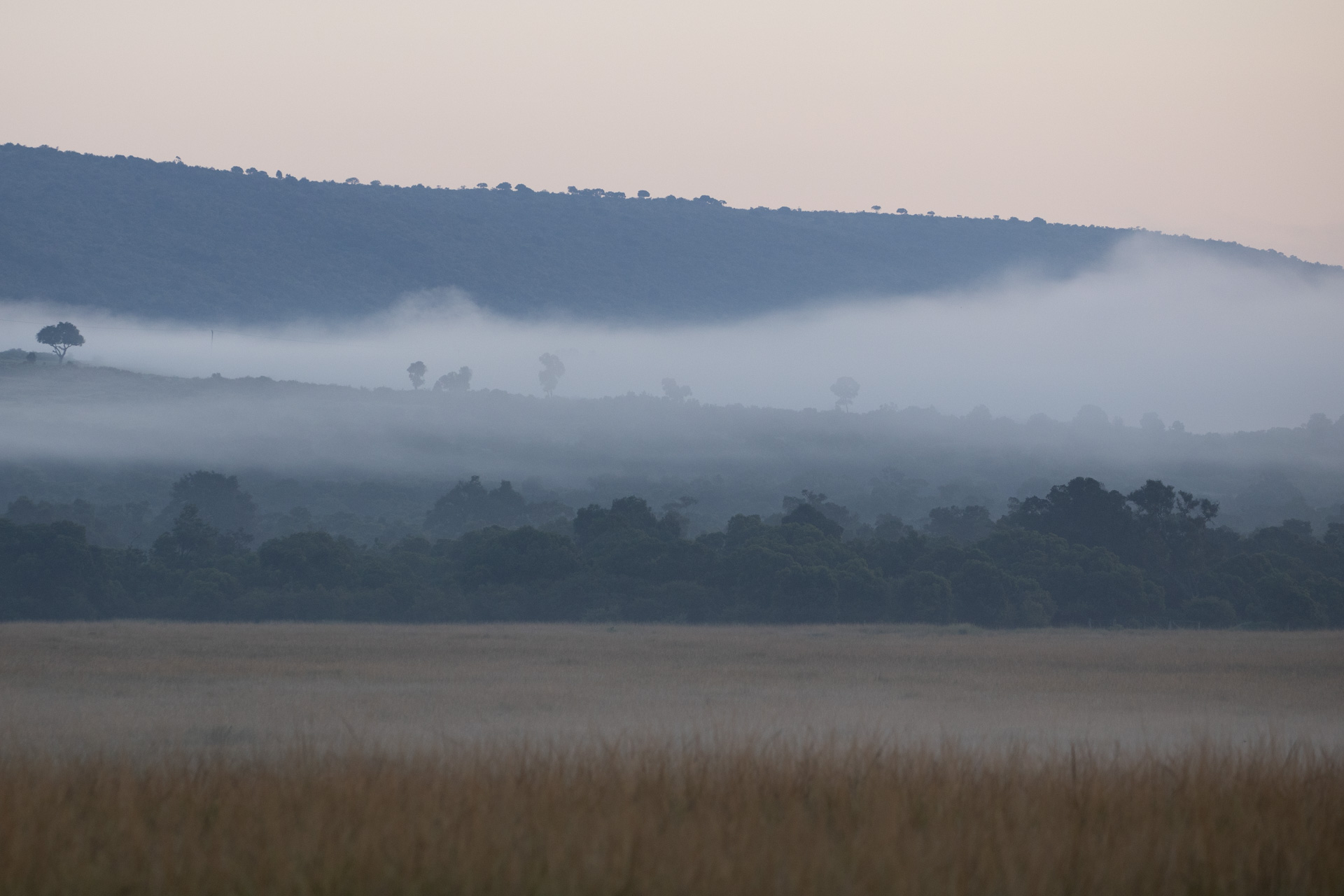
Looking up at the Oloololo Escarpment above the Kichwa forest. Can cleaner air be found anywhere? [f 5.6, 1/320, ISO 400, -0.33]
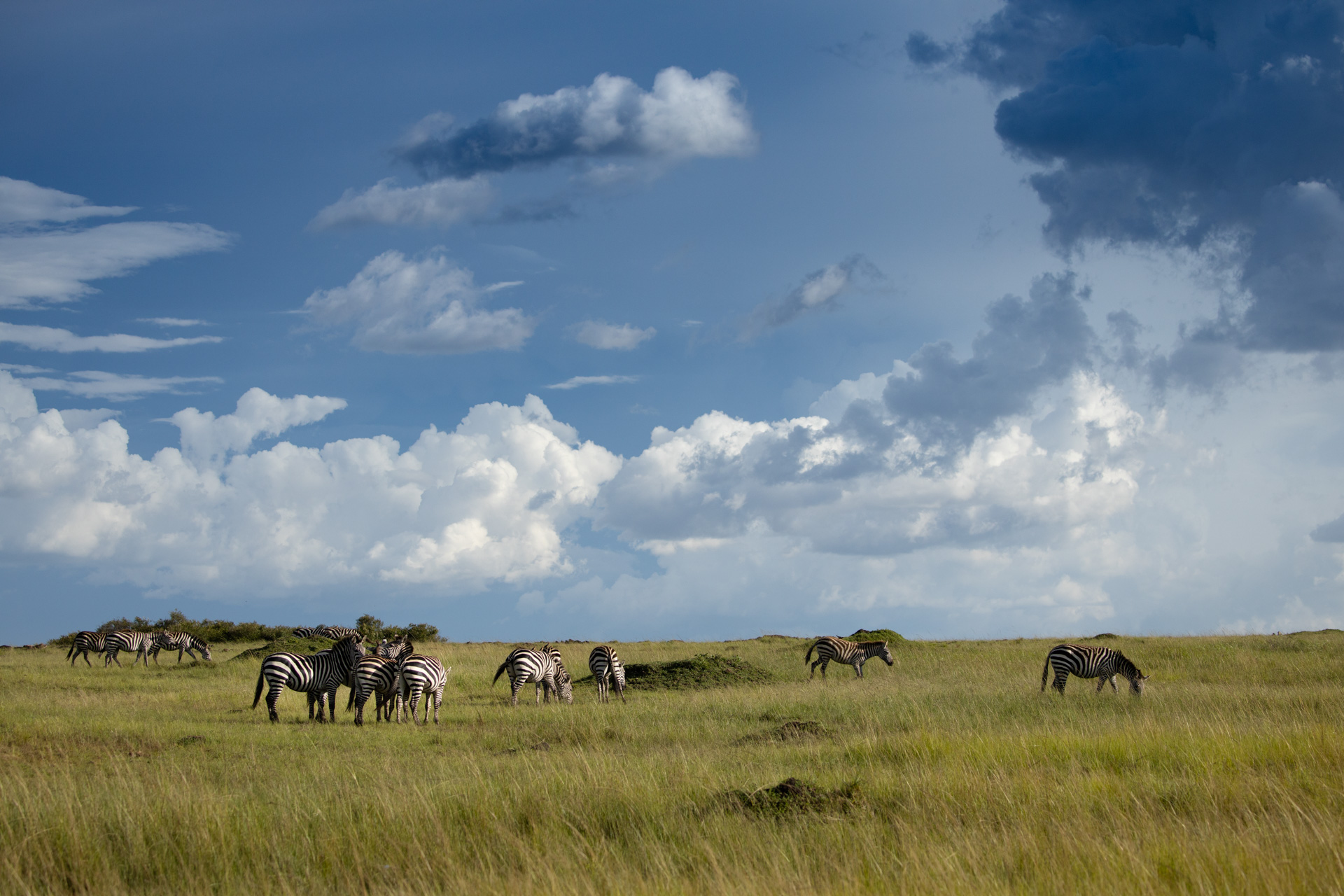
Small herds of zebra enjoy areas where the grass is shorter. As the day heats up, the clouds start to build. You can feel the energy in the skies. [f 5.6, 1/2500, ISO 320, -0.33]
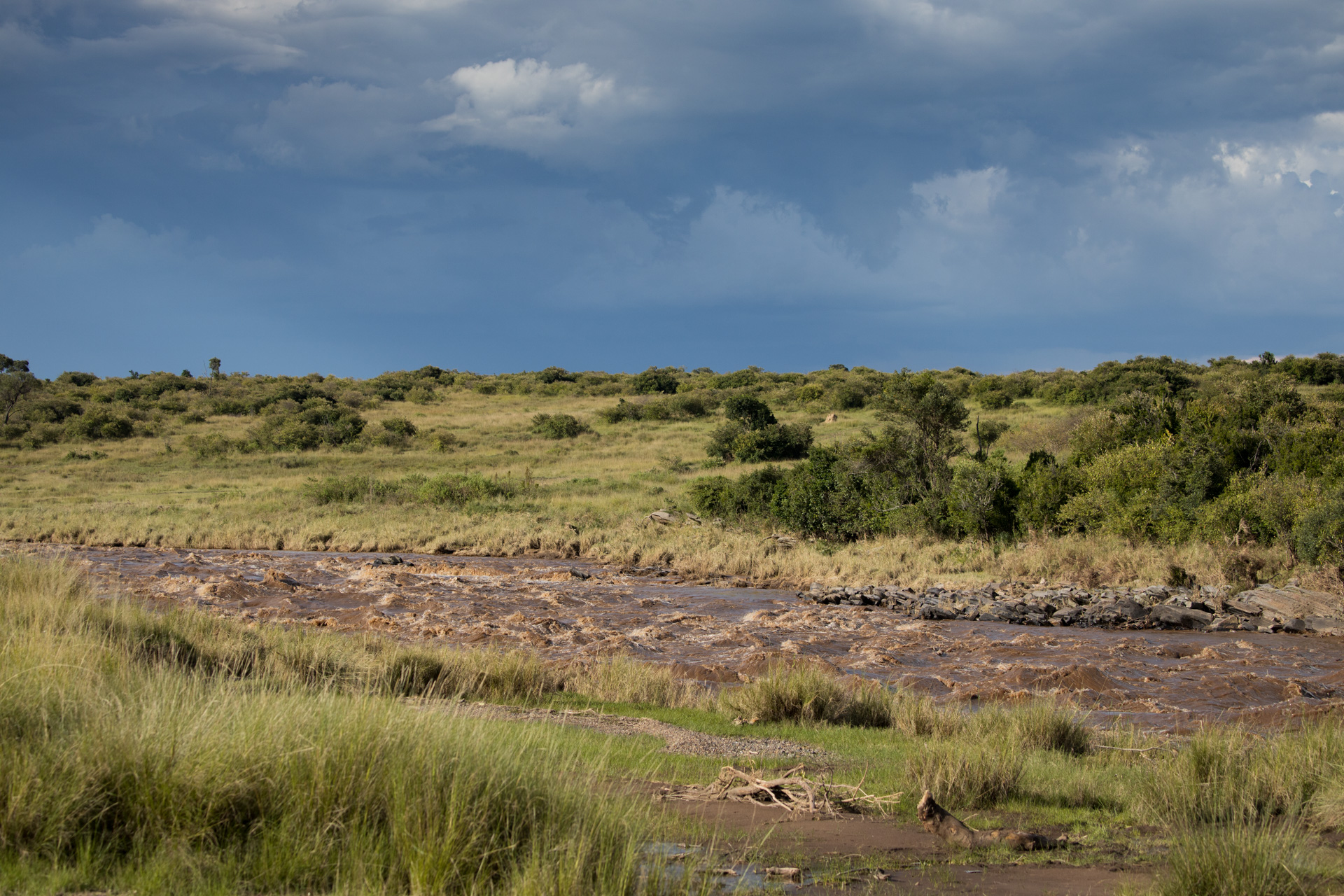
The rain has slowed down, for now, with most rainfall coming in the late afternoon as a short sharp deluge. The Mara River continues to flow with great strength. [f 5.6, 1/1600, ISO 320, -0.33]

Every year the Mara Conservancy sets controlled fires in strategic locations across the Mara Triangle. This reduces tall and old grass and stimulates new growth. This year, however, is going to be a a bit more complicated as there has been so much rain since November that there is a huge amount of moisture in the grass. Nevertheless, this week the park team tried a few burns. [f 8.0, 1/1600, ISO 200, -0.33]
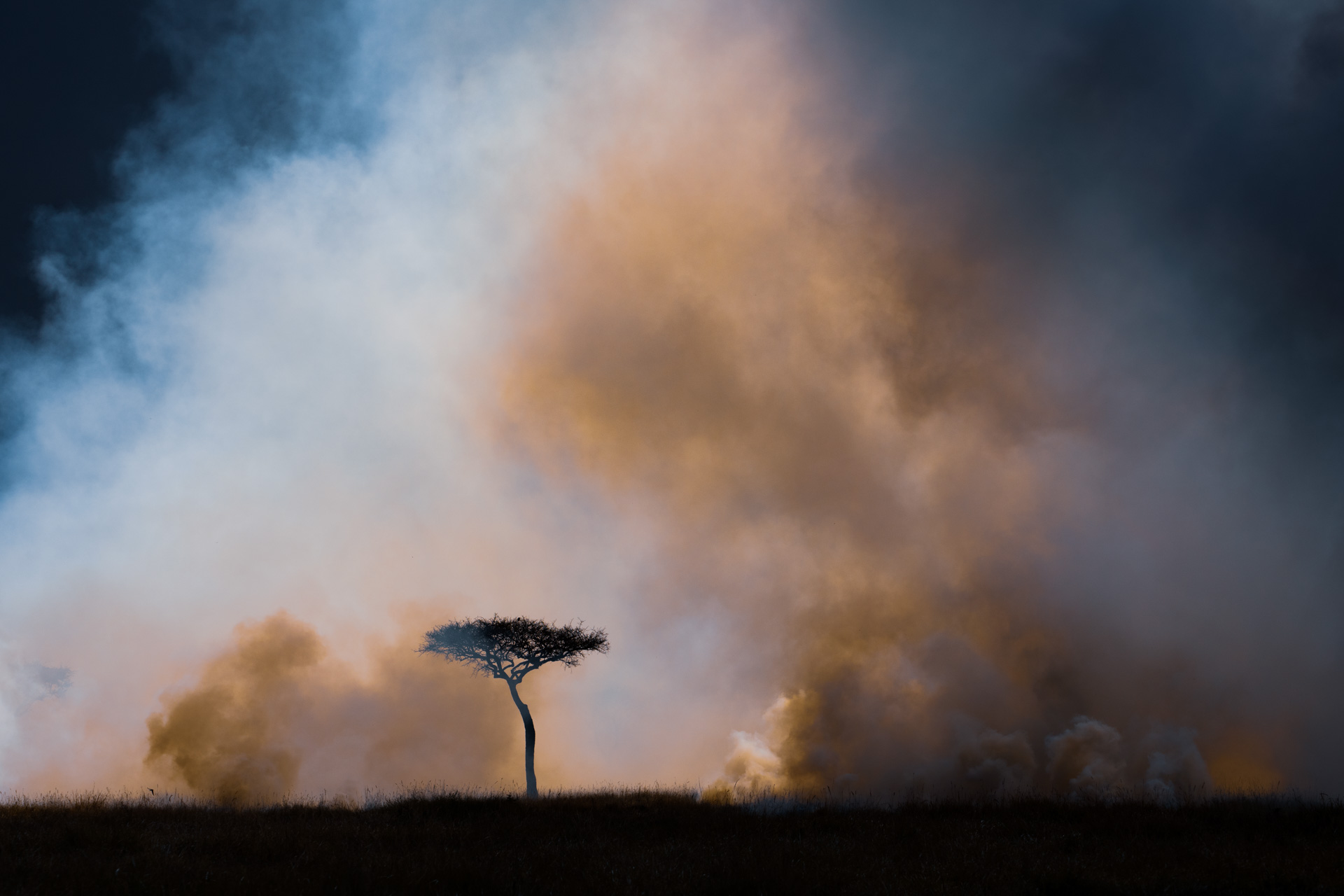
From a photographer’s perspective, these fires are incredible. Smoke, flames and ash add to the dramatic scene. [f 8.0, 1/1600, ISO 200, -0.33]

This was a second burn, conducted the following day, and shown from a long distance away. I intentionally included the two trees for scale. [f 8.0, 1/1600, ISO 200, -0.33]
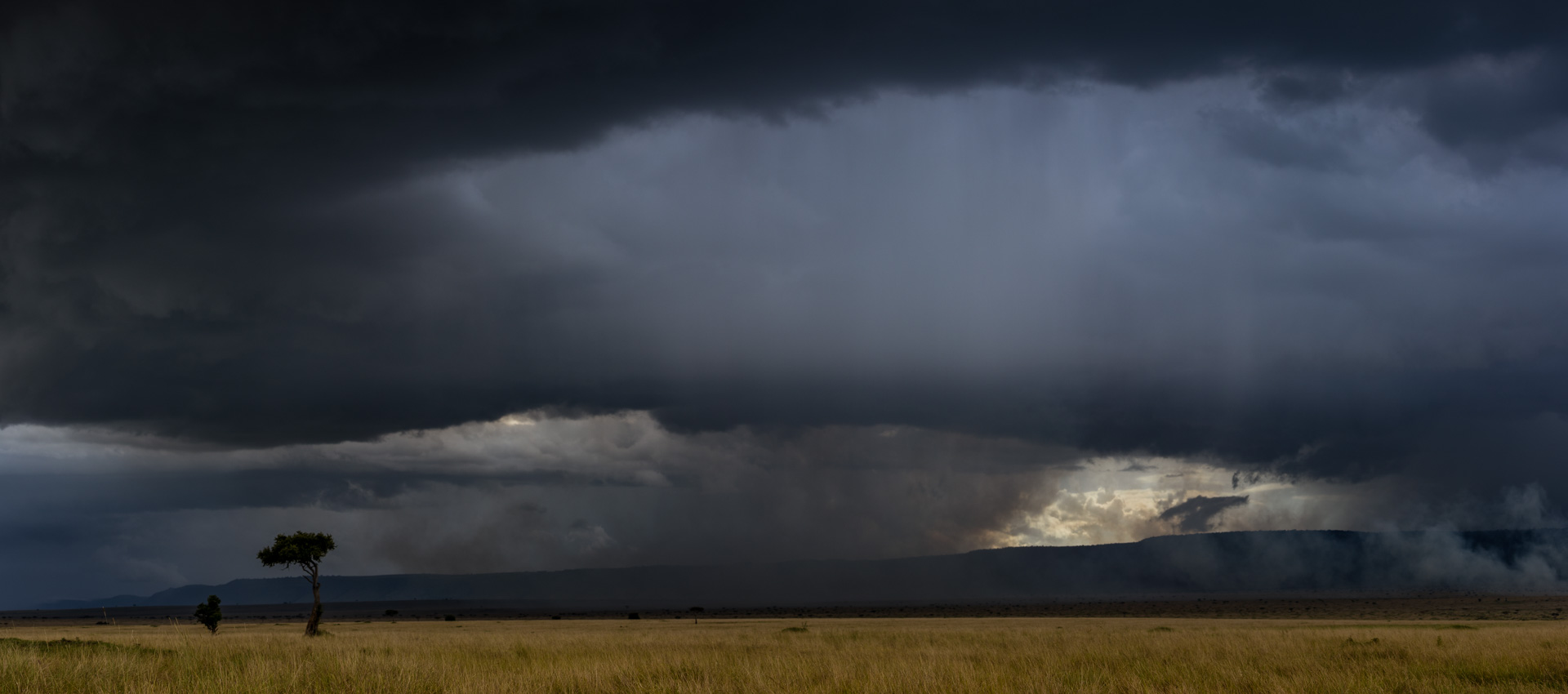
The fire failed, on this occasion, as the grass was simply too wet, and within hours of igniting the grass, a huge storm developed and smothered the small flames. I took a panorama of four stitched photographs to provide a better idea of just how dramatic and expansive the scene was. [f 8.0, 1/320, ISO 320, -1.0]
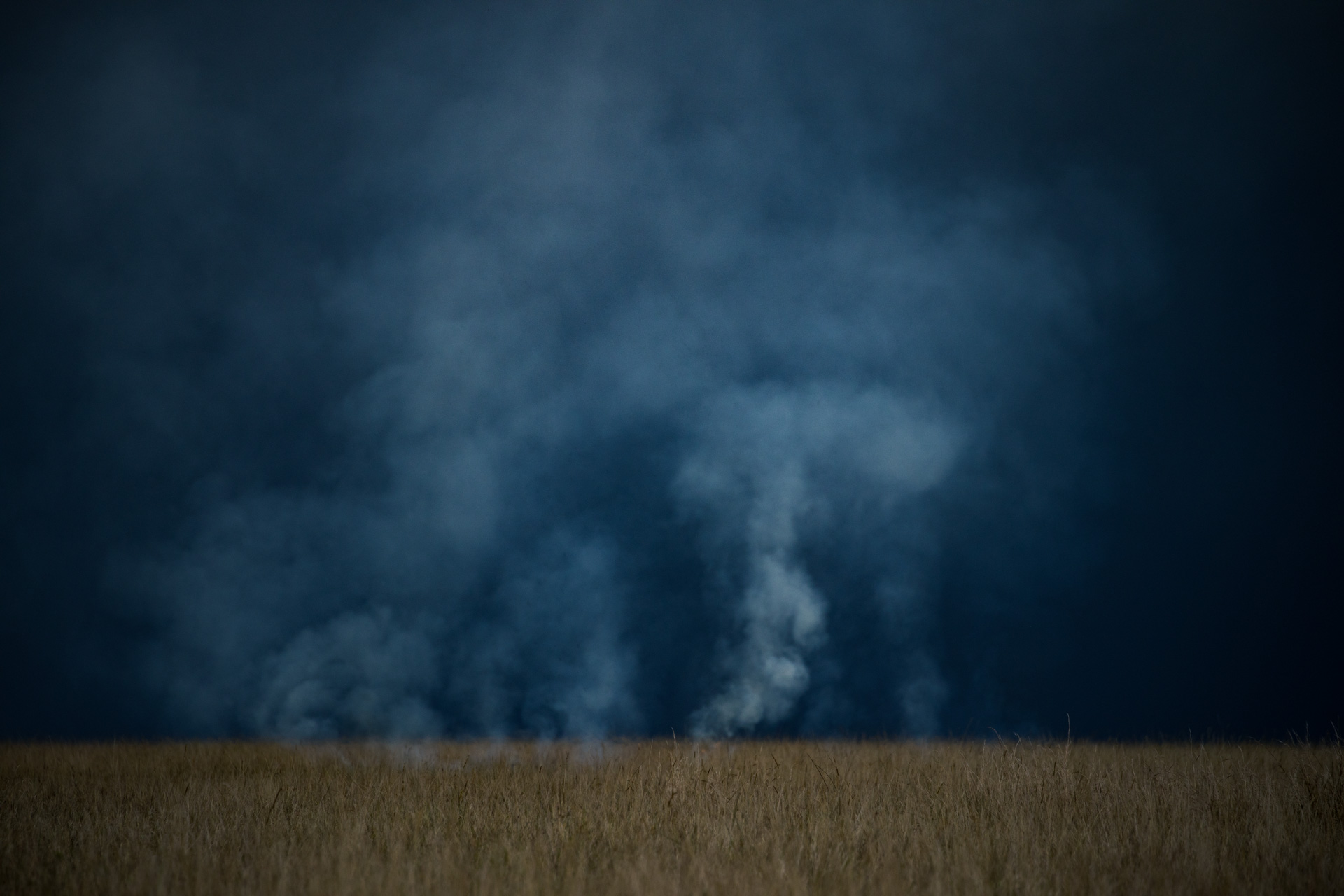
I was immediately drawn to the various hues of blue in the sky. [f 5.6, 1/1250, ISO 320, -1.33]

An afternoon drive and an emotive sky. This panorama was a stitch of five photographs and shows a typical late afternoon scene. [f 5.6, 1/200, ISO 500, -1.0]

Lion sightings have been a bit slow. However, a fascinating observation is that the Kichwa male coalition (Short-Tail and Fang), have been seen moving the furthest south they have ventured in the last two years. They are very close to the Cheli Nomad coalition (Mkia and Olalashe) and we could well see fireworks in the coming days. [f 5.0, 1/800, ISO 800, -1.0]
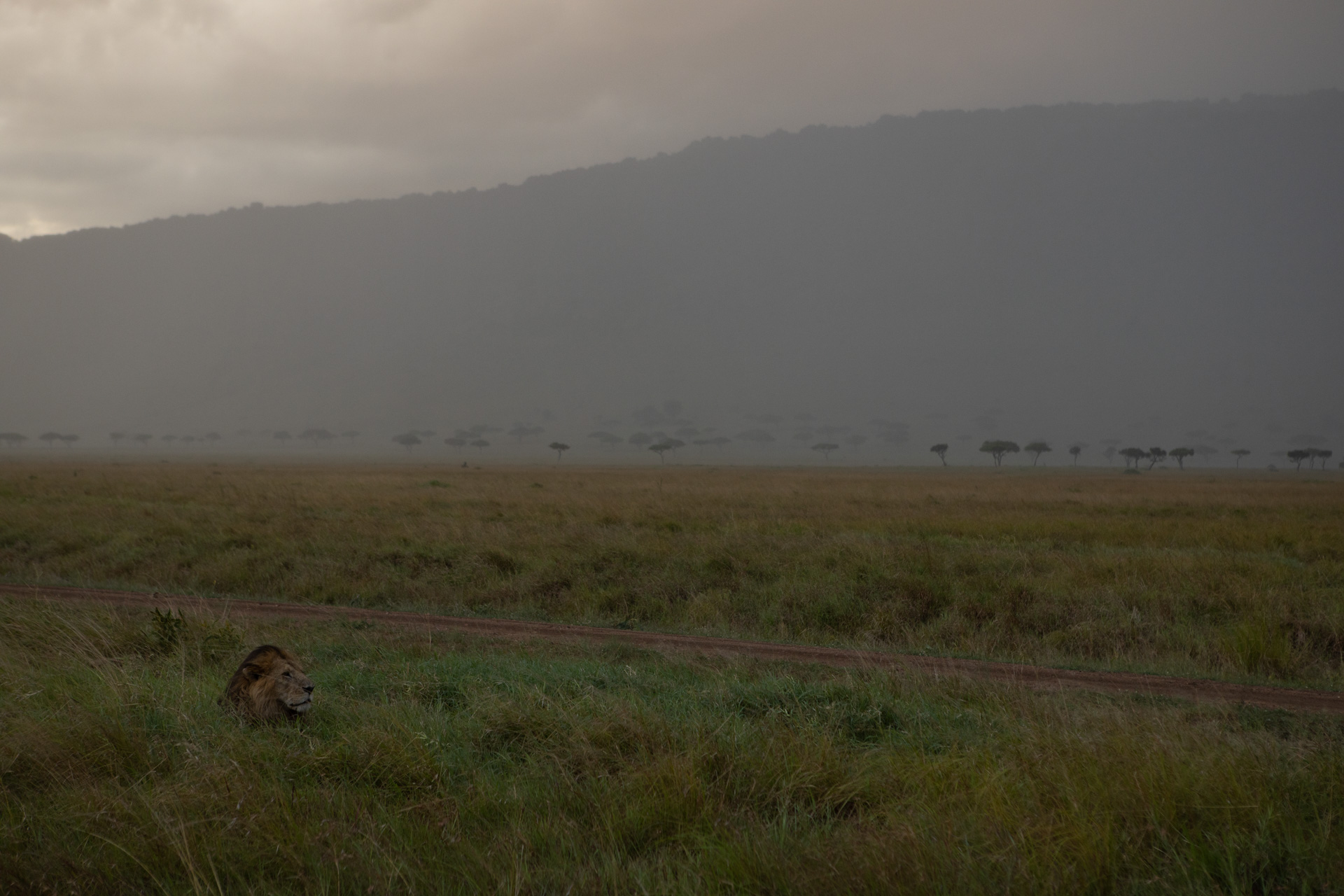
Short-Tail prepares to bed down for the evening rainstorm. [f 4.5, 1/80, ISO 640, -1.67]
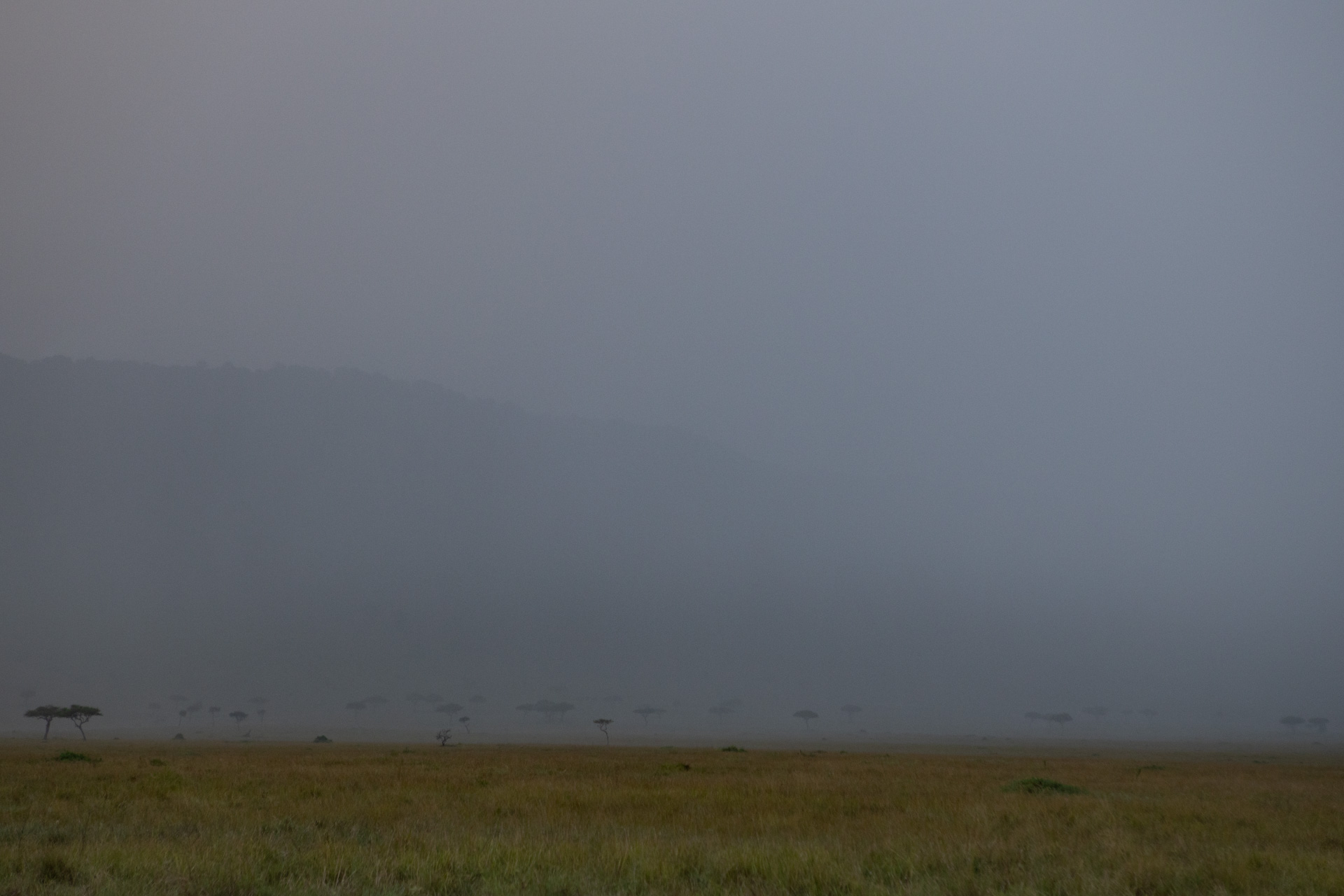
A wall of rain approaches. [f 4.5, 1/160, ISO 1250, -1.0]

Yet another storm passes through – the aftermath is a sensational sunset. [f 4.5, 1/200, ISO 250, -0.67]

And the most wonderful skies. [f 4.5, 1/160, ISO 640, -1.0]
This Week Two Years Ago
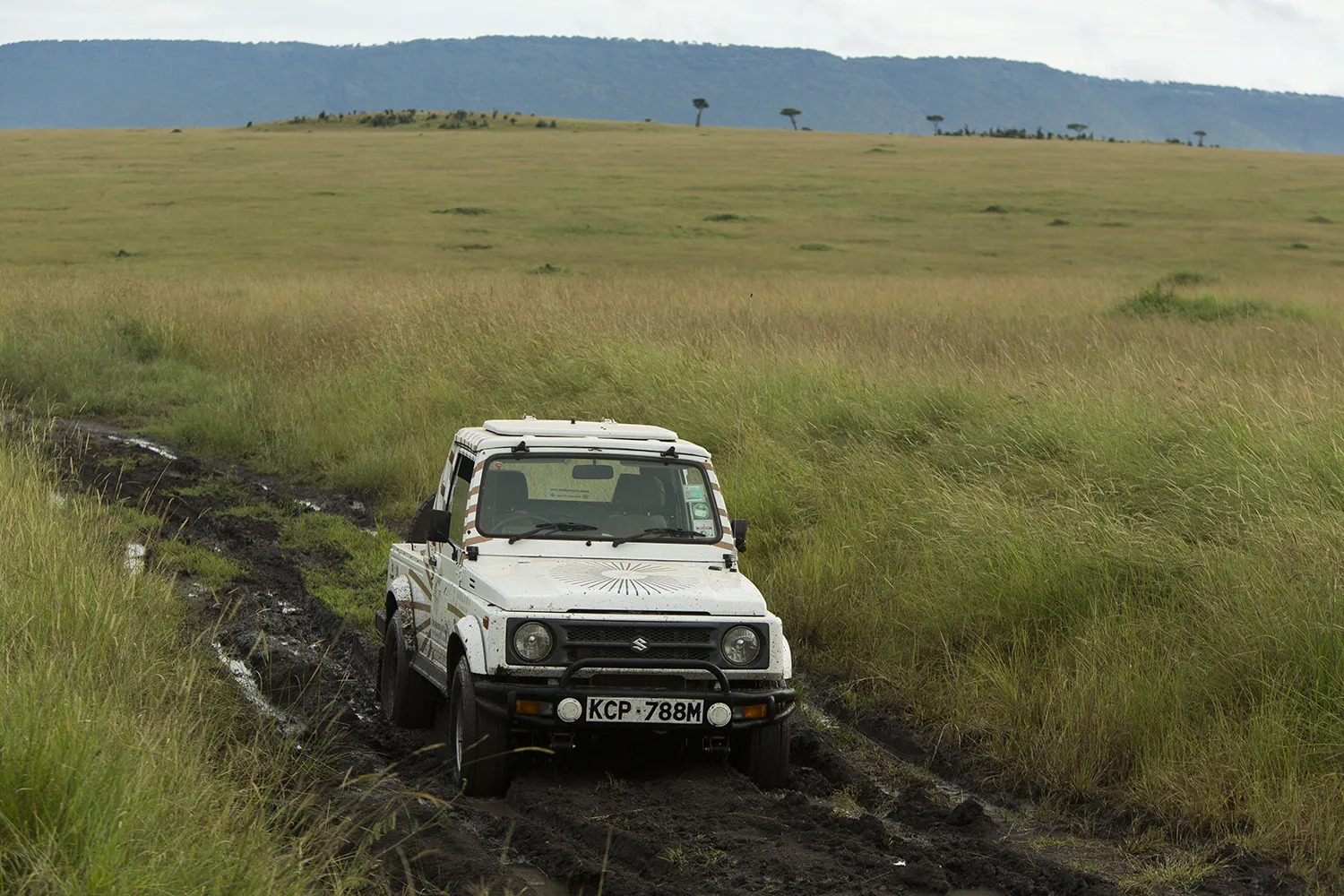
Two years ago to the day, was the first time I got stuck in the Mara. At that stage I was in my little Suzuki-Maruti and was rescued by Tristan Dicks from SafariLive. Since then I have been stuck five times, with all five of those times falling in the last two months – and there have been no cars in the reserve to help. [f4.0, 1/100, ISO 2500, +0.33]
TAGGED WITH: Maasai Mara, Rain in the Mara, Angama Guides, Mara Sky, Photographic Safari, Safari Photography, Mara sunrise, LIons of Angama, mara rain, mara pride



COMMENTS (1)
James Fitzgerald
May 16, 2020A big week for you Adam – Congrats!
REPLYI love your first fire shot – brilliant contrasts!
Regards
James